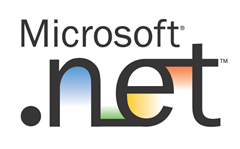This post is chiefly directed at .NET developers and others involved in the various stages of .NET deployment, in particular, anyone that’s been keeping tabs on the situation with the new cross-platform, open-source .NET Core initiative or .NET Standard, which came about as Microsoft’s response to the increased fragmentation of the .NET Platform as a result of the myriad of different deployment targets now available. If you’re not into that kind of stuff, feel free to skip this post, or read on and we’ll try to explain things sufficiently as we go through.
When a new Microsoft, with Satya Nadella at the helm, first open sourced the .NET Platform on November 12, 2014 it became clear that they fully intended to put everything they had into the initiative and that great things and big changes were coming to the .NET Framework and its languages. But what it also signaled was the inevitable beginning of a new level of fragmentation for the Framework, which had thus far – by and large – resisted any major fragmentation for the past 12 years of its existence.1 But taking a framework that was cobbled together from parts old and new, built atop of WIN32, GDI, and various Windows-specific anachronisms meant that porting the .NET Framework as-is to other platforms was nigh-impossible — and that major changes would have to be made to support this gargantuan effort.
There are notable exceptions to this, namely the .NET Micro Framework, the .NET Compact Framework, and Mono; however, these “members” of the .NET ecosystem – one not even by Microsoft – were never considered to be first-class .NET Targets within or without Microsoft. ↩


